What does space mean to you? Is it a necessity? A status symbol? A burden?
A friend and I recently went to see a documentary at the Toronto Hot Docs festival called Tiny: A Story About Living Small. The doc follows a young couple who embark on the project of building their own tiny house, measuring roughly 100 square metres, in order to secure their footing in an increasingly growing movement of downsizing living spaces in favour of simplicity.
Tiny houses are typically described as homes that measure 100 square feet, are mobile (to get around U.S. building codes, which dictate the minimum size of a permanent structure) and are built by the owner. These little houses are often depicted as tiny little cottages on wheels, situated in the middle of vast, gorgeous landscapes, all bearing the characteristic, “home-ness” of the person who inhabits them: potted plants, colourful curtains, rich mats and, mostly, the absence of clutter.
The tiny house revolution emerged from the economic housing crisis, when citizens of North America began to question the cultural obsession with size and space. In the documentary freedom was a theme frequently visited: is there freedom that can be acquired by downsizing? If your housing costs are taken care of and you’ve no mortgage, bills or huge heating costs to pay, what will you do with your time and money? When your house is no longer a symbol of your economic status, what meaning will your life take on?
Tiny also explored the theme of “home-ness” and how we often define that concept with reference to a house of some kind. After almost 8 years living away from home, I am back to living with my parents in the house I grew up in. The house, neighbourhood, neighbours and school have all evolved and, although I am in the same physical place, everything around me, including myself, has changed. I sometimes feel like a stranger in the house, which has been updated over the years and is now virtually unrecognizable from the place my brother and I grew up in. My possessions are different, everything about my life is different. But there is still a home-ness present and, when I spend some time away from this place, there is a sense of coming back to something, to a base, when I return. That home-ness is the presence of my family. Because, oftentimes it’s the people and experiences that give us a sense of home, the feeling of being settled, of feeling safe and belonging to somewhere and someone.
Tiny challenges the idea that growth and size are the ultimate symbols of success and achievement. It glorifies the ability to pair down our possessions, focus on necessity and dedicate our time, energy and resources to living, to experiencing and to sharing with others, rather than owning and possessing. In the documentary there was a telling quote, “the smaller the house, the larger the life.” Living small distills our sense of place down to the basic requirements, while still preserving our sense of comfort. A common narrative thread of those who follow the Tiny House lifestyle is the realization that there is a sense of peace that comes with living small, with possessing only what is required and that there is a freeing sensation to experience when one unchains him or herself from numerous possessions. There is a sense of gratitude as well, when we only use and interact with the things we have, when we don’t seek outside sources of happiness through commercial and material means, falling into the cycle of have and have-not and the unhappiness that mindset can bring.
In terms of health, there is a common tendency for those who choose to live in smaller buildings to spend more time outside, creating more of a connection to nature, which has been shown to benefit mental and physical well-being. Managing a simpler lifestyle lowers stress levels and creates space for living more healthfully, eating natural foods and moving more. Facing the challenge of building one’s own house, or learning how to simplify can be a daunting task and, in the documentary, it was mentioned that one of the challenges faced was learning how to ask for help, thus creating a feeling of humility and vulnerability but at the same time creating a support network with other like-minded individuals and, in turn, a sense of community.
Living small helps us examine our lives, what we value and our essentials for happiness. Cutting out the fat, and distilling our lives down, allows us to free up time, space and money while creating peace of mind. Challenging oneself to live small, or simply, causes attention to shift to the things in life that matter most: to a sense of home and place, hobbies, the people in our lives, our passions and the things that truly enrich our lives and expand our hearts, not on our material possessions, or a stressful lifestyle based on growth and acquisition.
For more information on the Tiny House Revolution and living small, watch this free documentary: http://www.youtube.com/watch?v=lDcVrVA4bSQ
Or check out Jay Shafer’s Tiny House Company website, http://www.tumbleweedhouses.com/

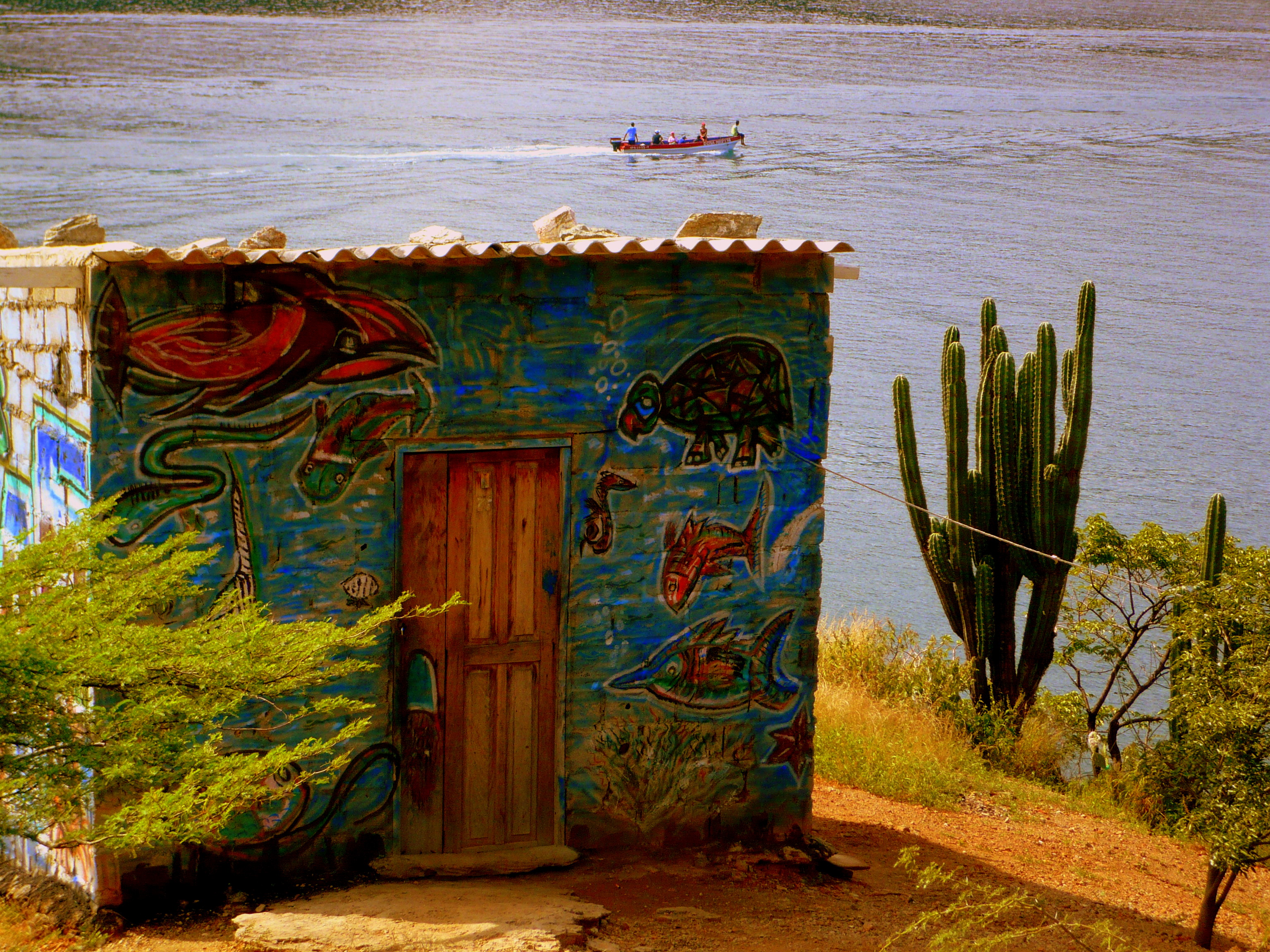

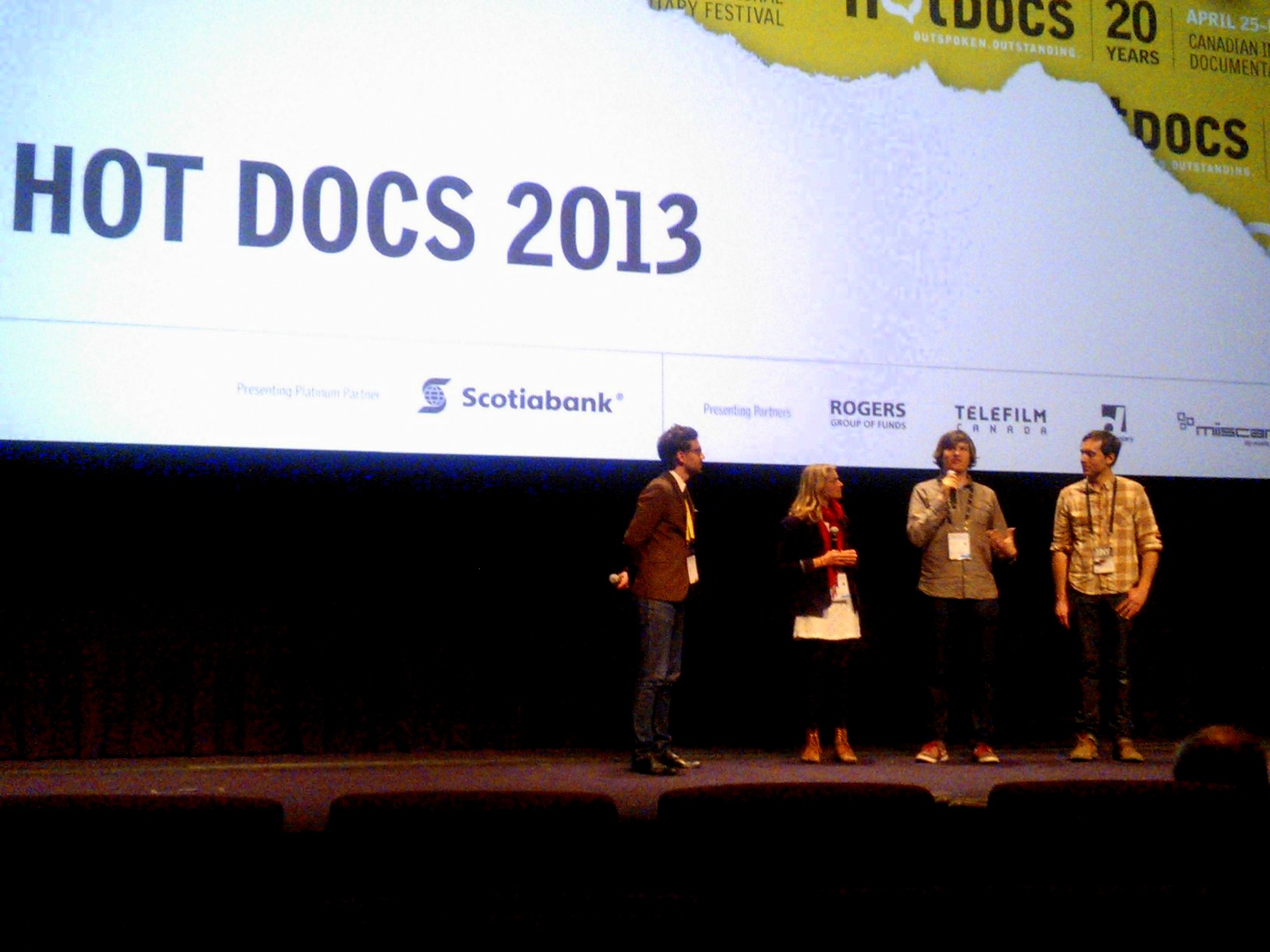
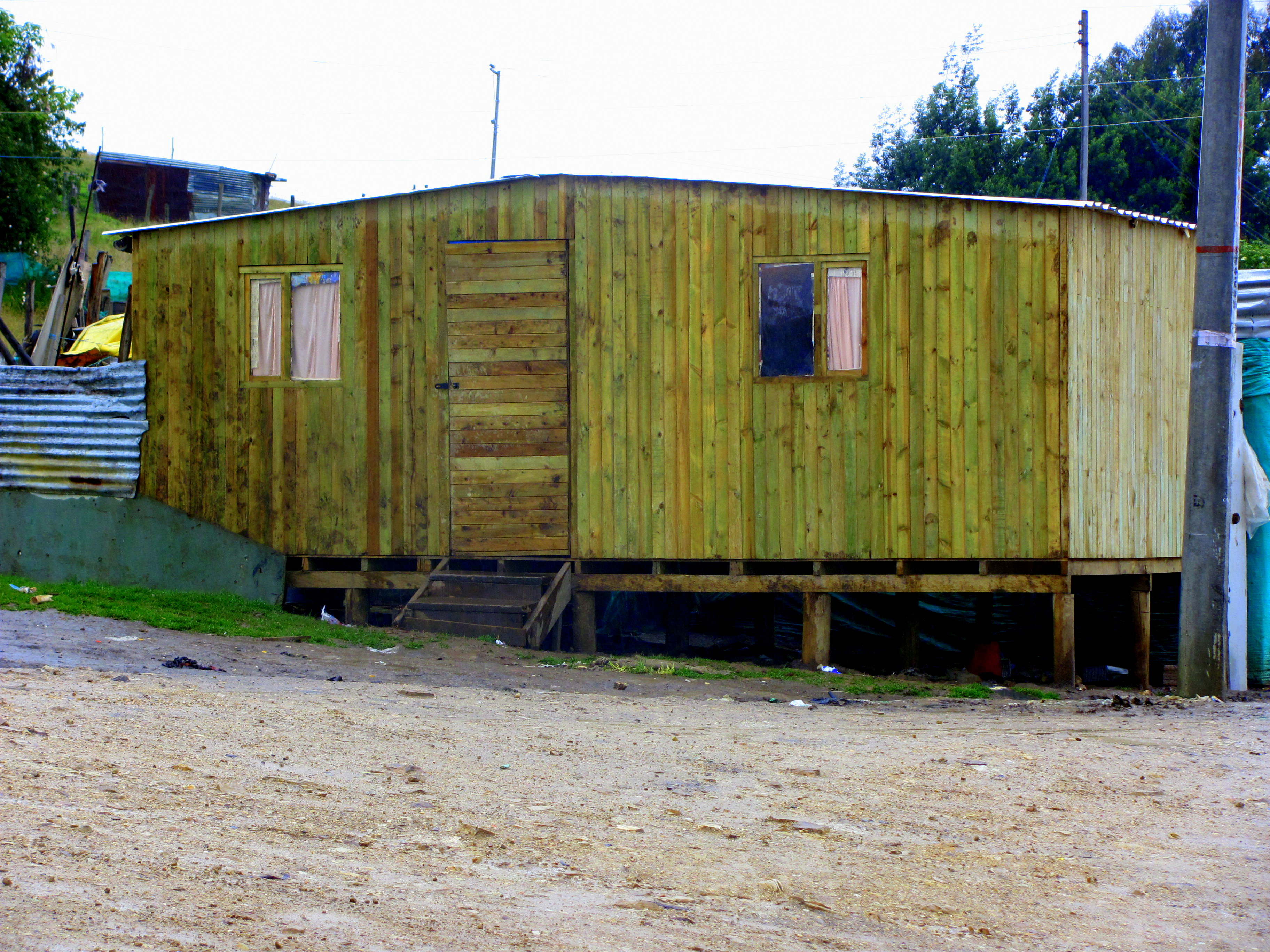


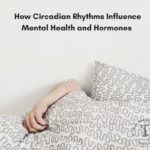
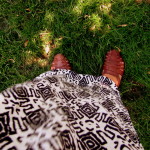


Watched the documentary this evening. It was SO GOOD! Lots to think about for sure…
Isn’t it inspiring! I wonder if we could inspire a new episode entitled “Tiny Clinics”. It would definitely heighten the closeness of the doctor-patient relationship.